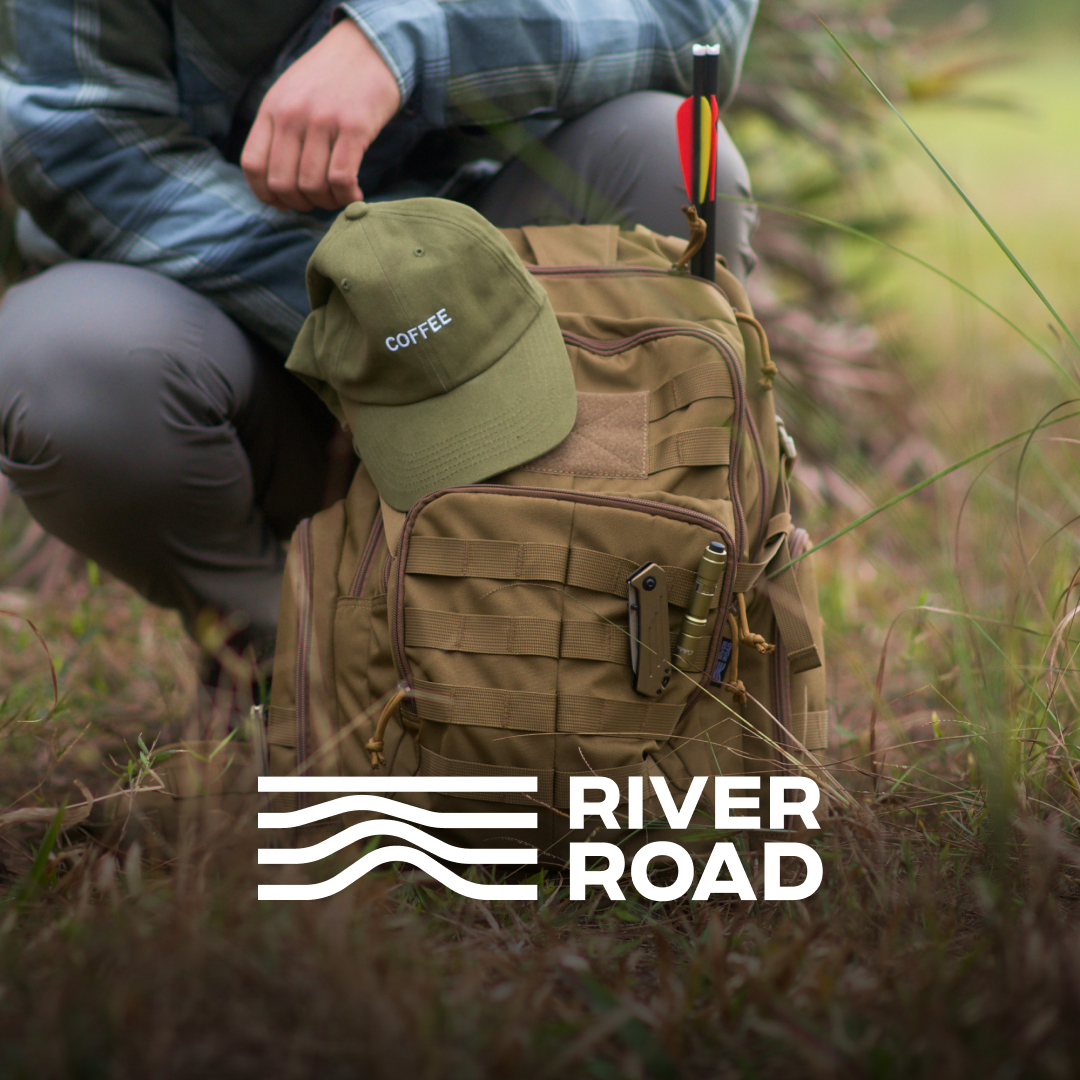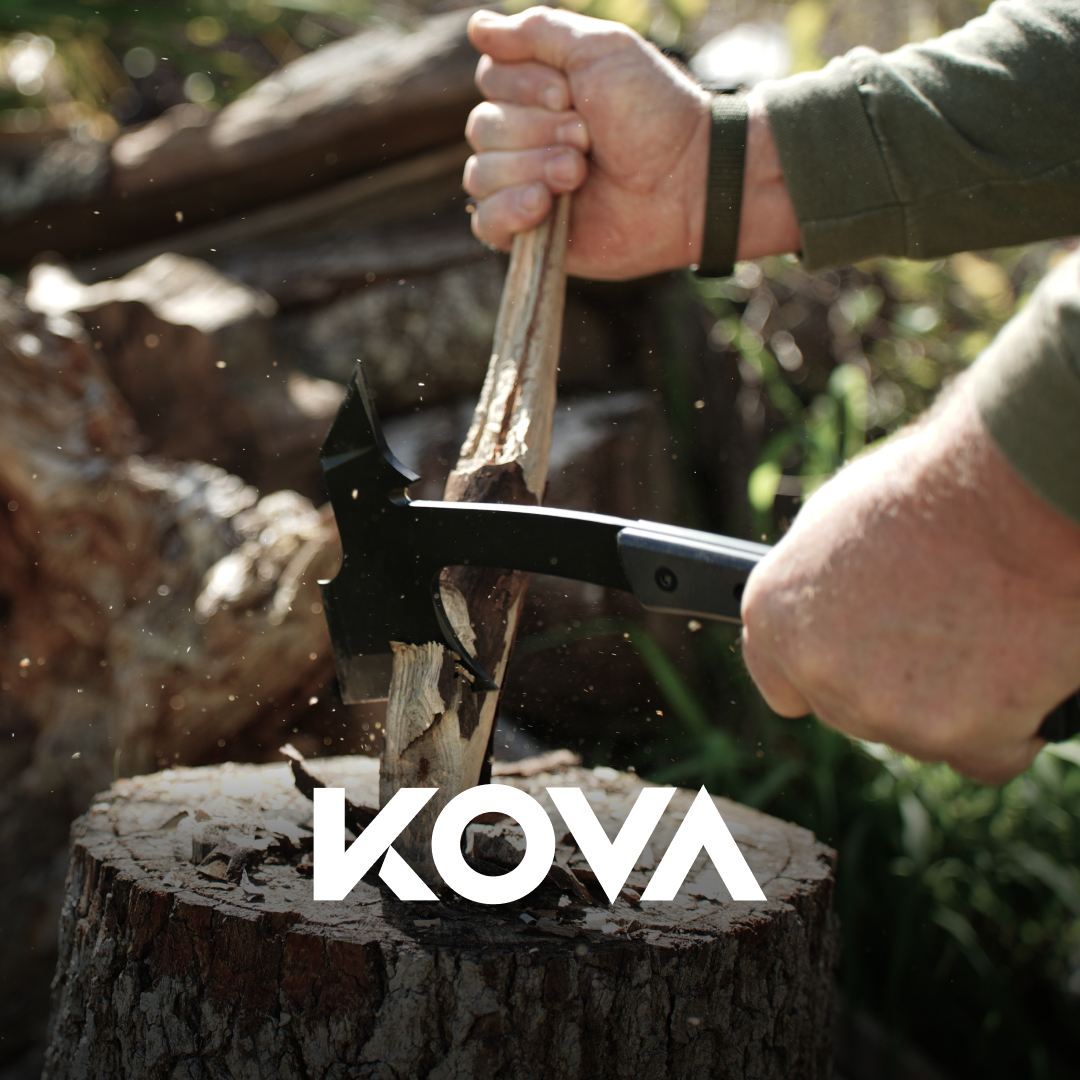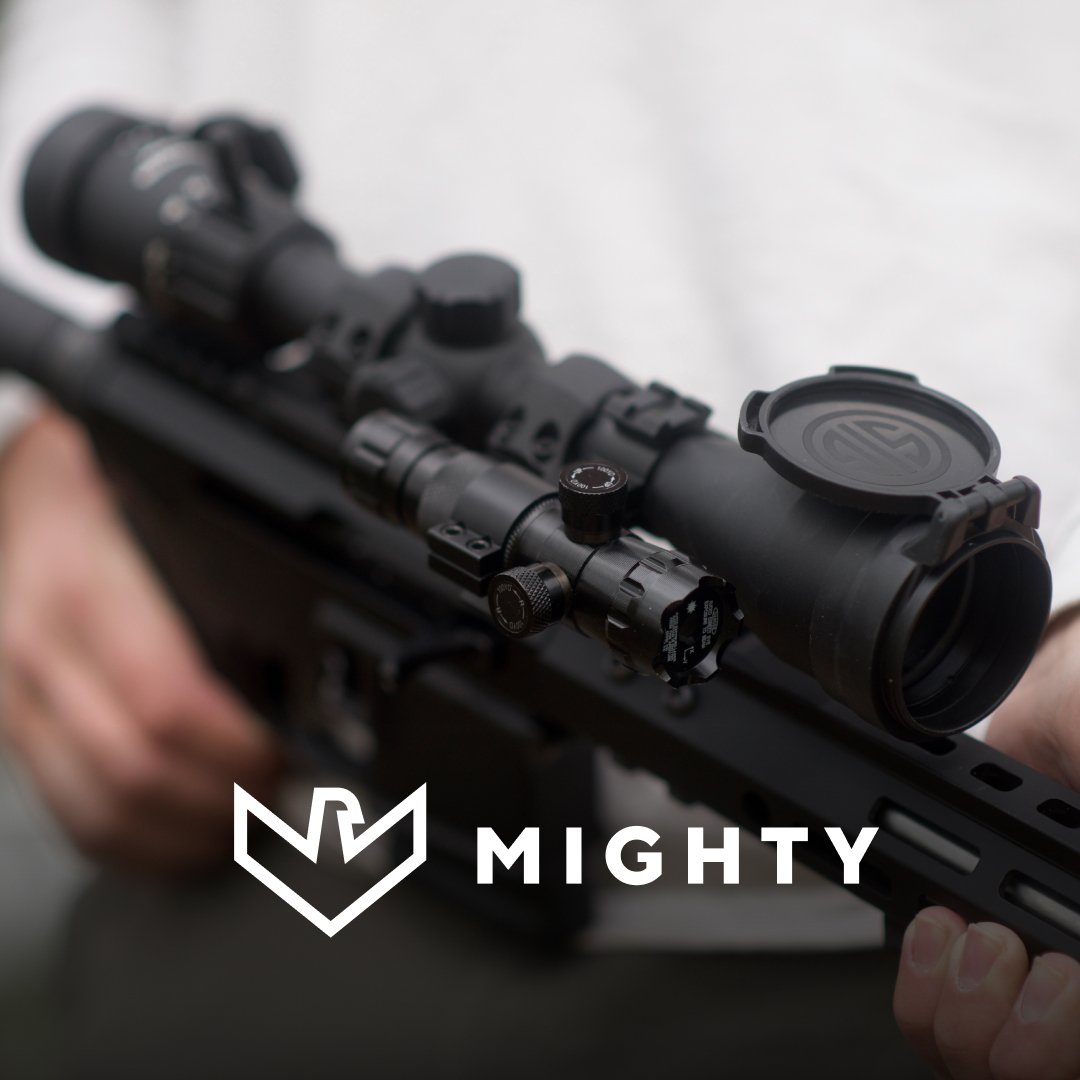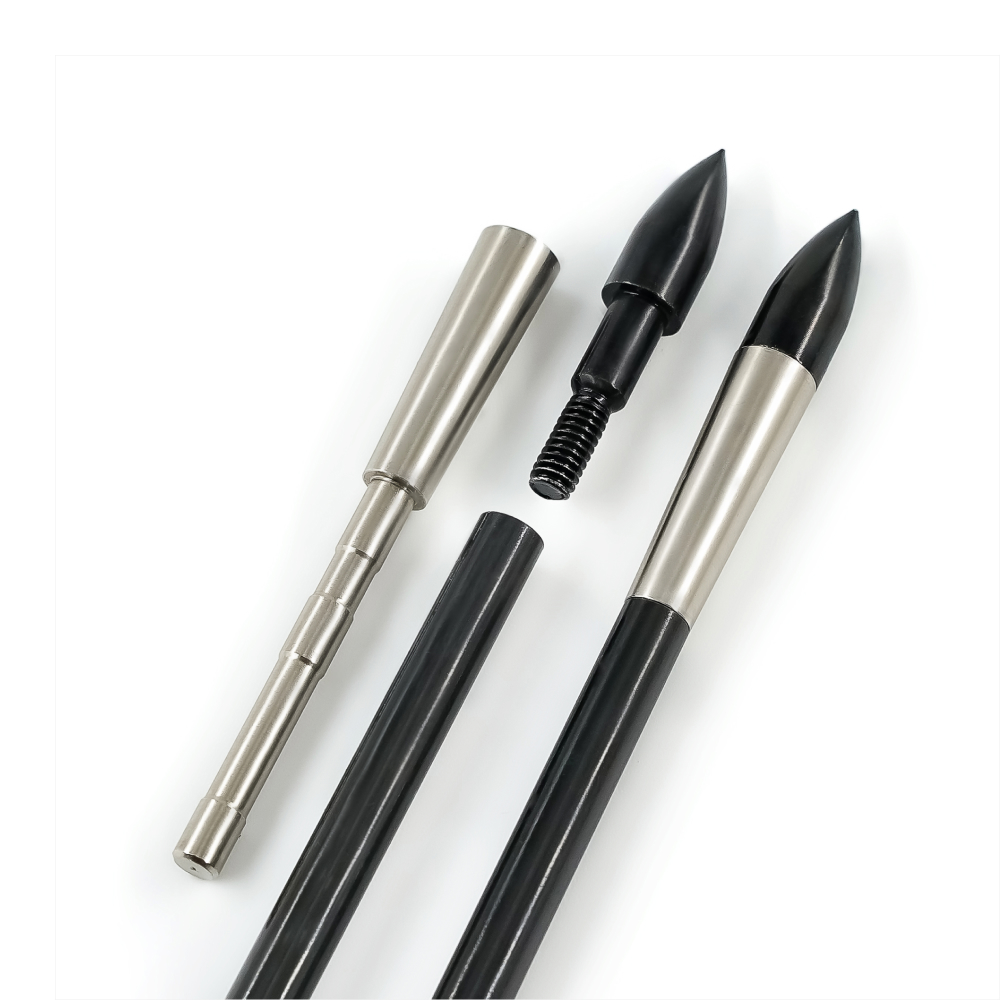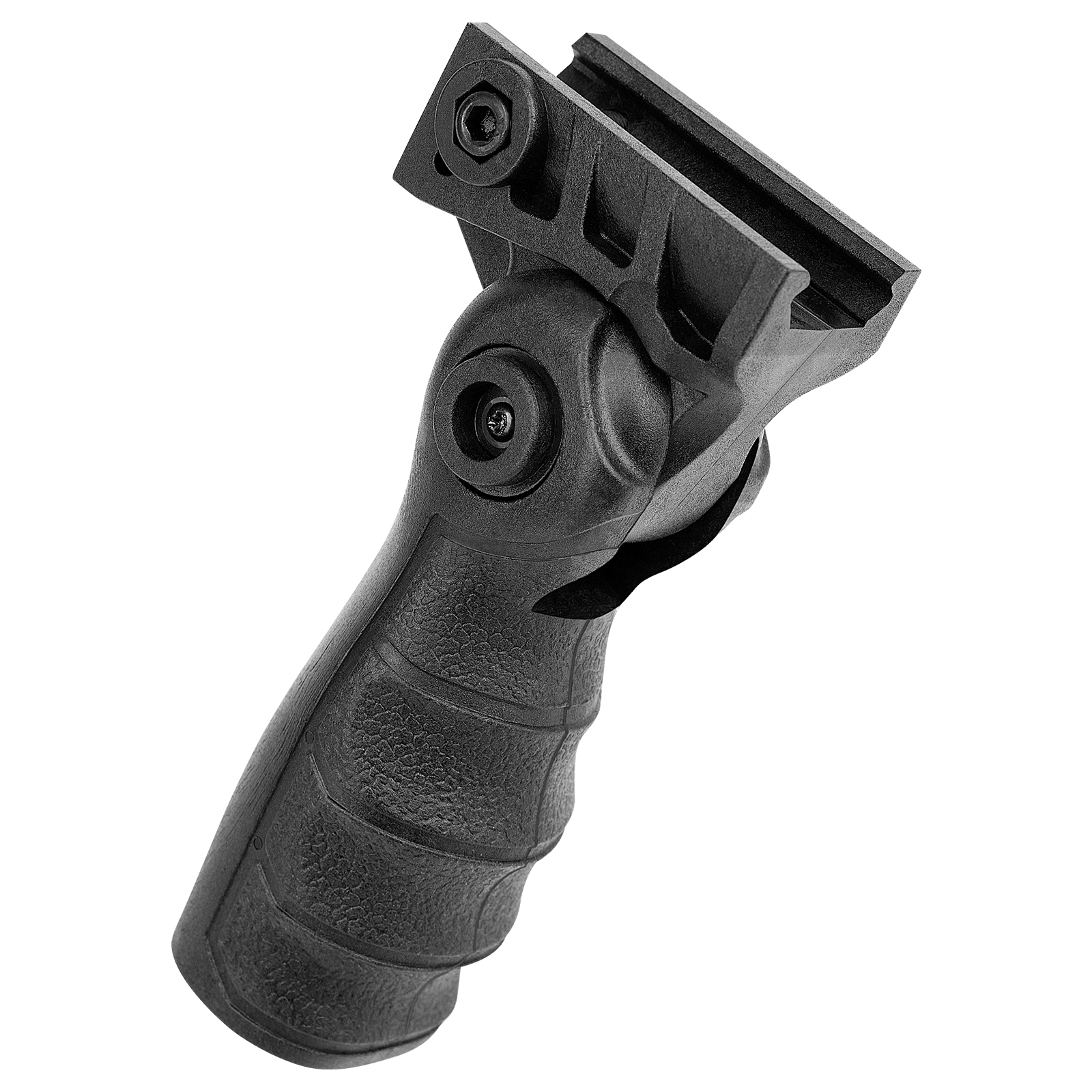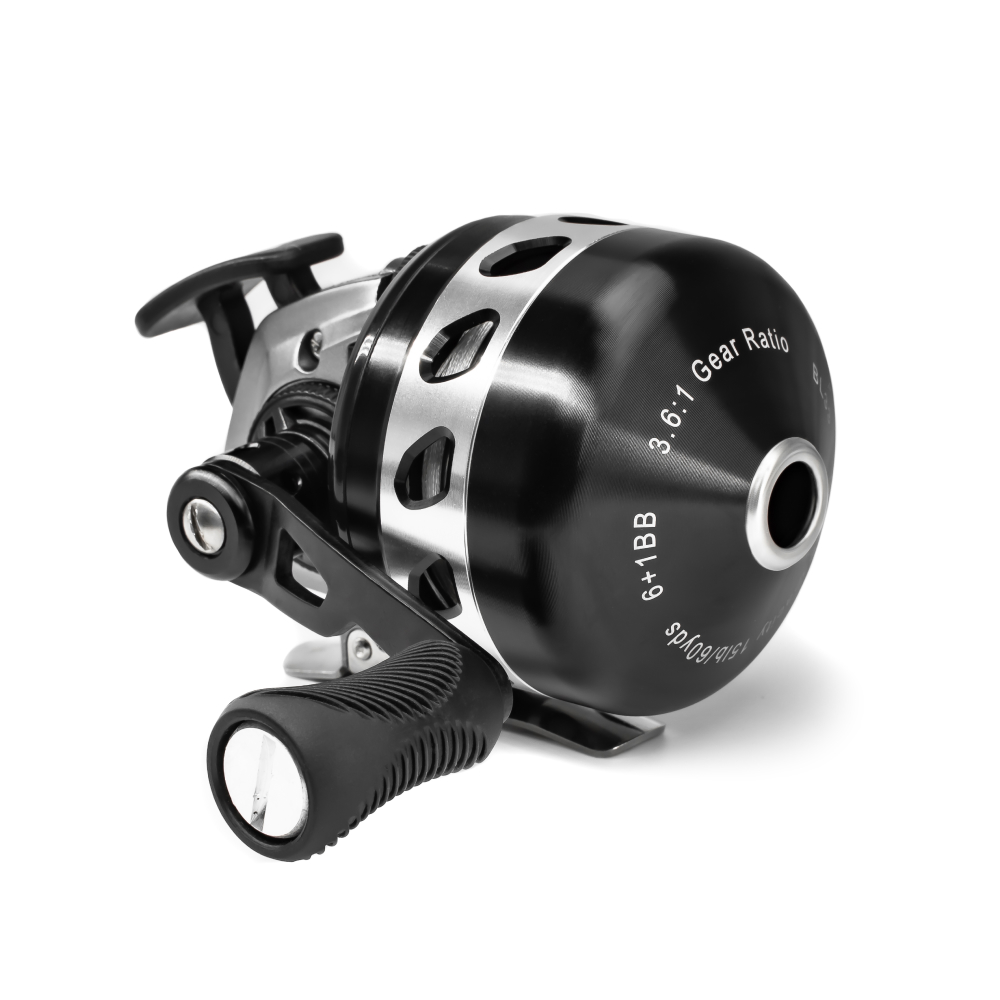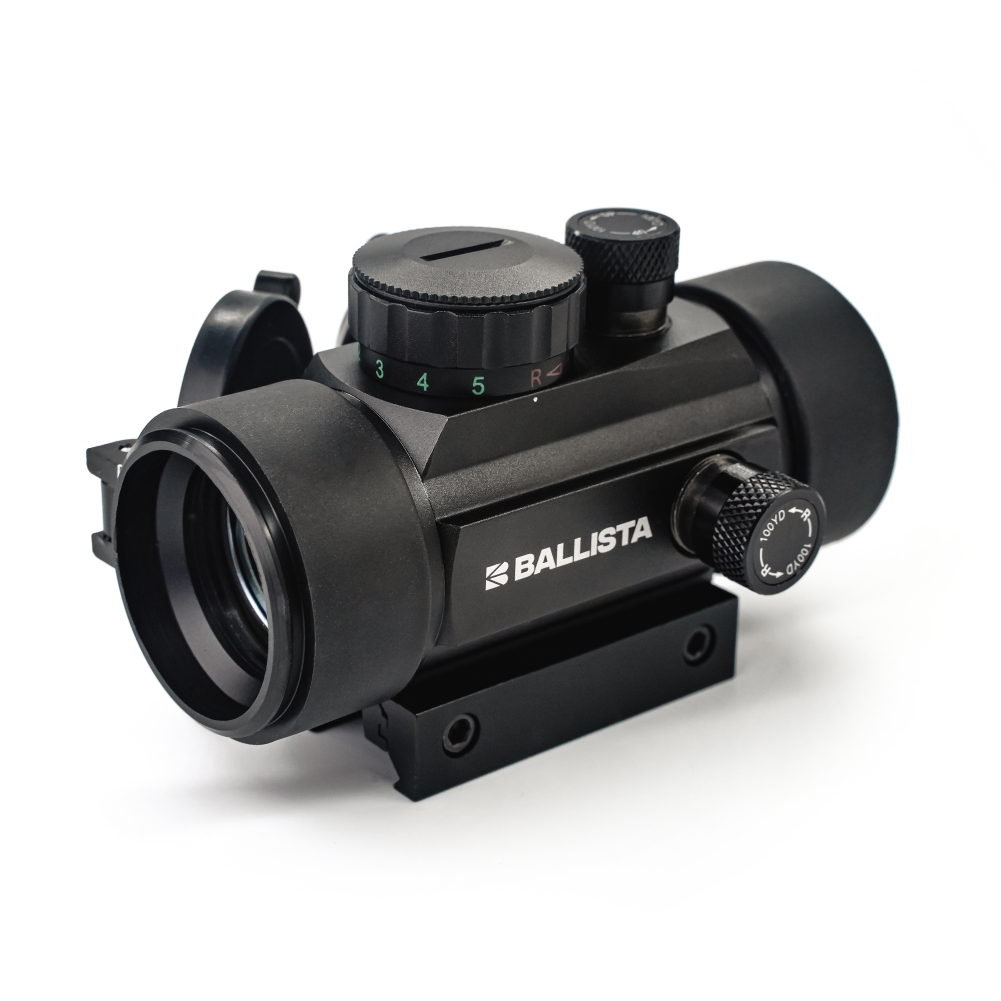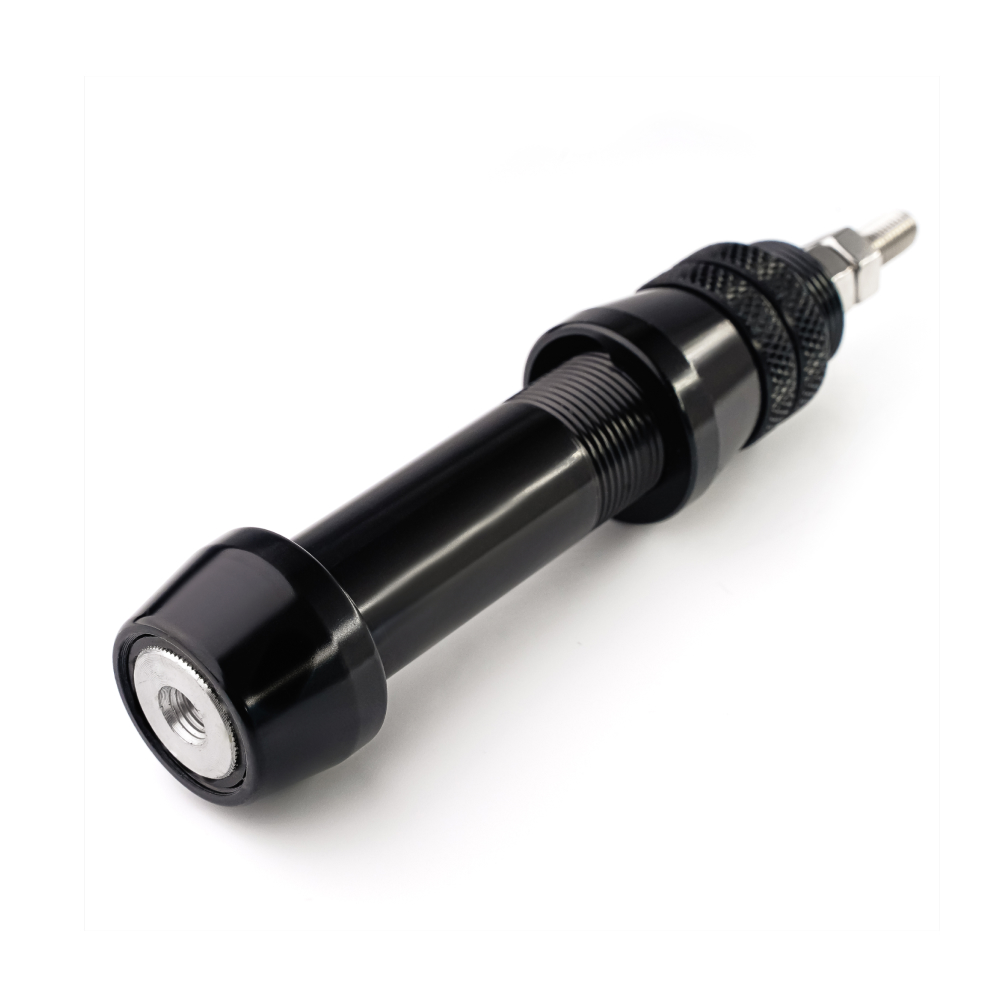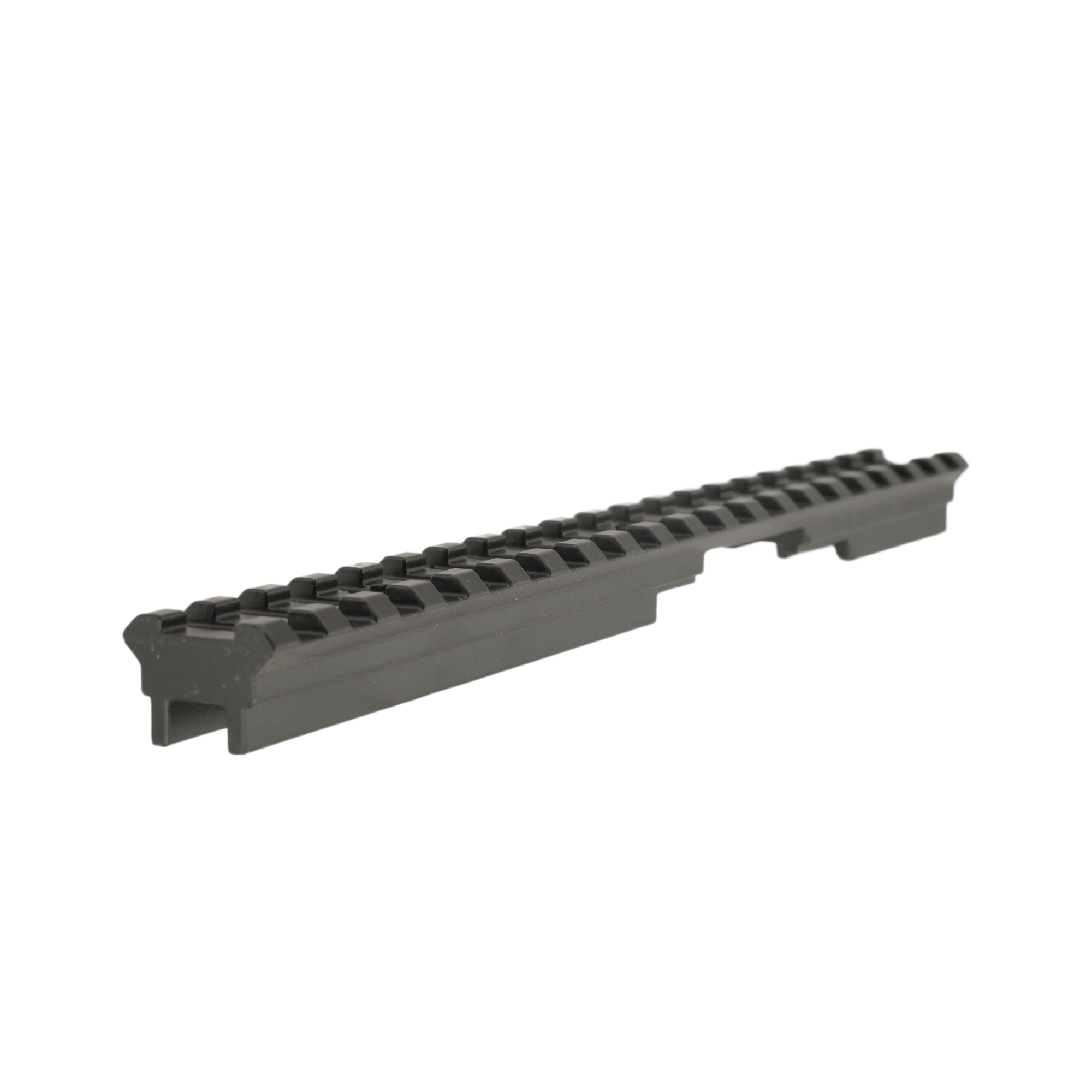Dive into our detailed guide on compound pistol crossbow safety. From careful string maintenance to safe cocking practices, learn essential tips for secure handling and operation. Ideal for beginners and seasoned archers alike, this article ensures you stay safe while enjoying the precision and power of compound pistol crossbows.
1. Reading the Manual
Importance of the Manual: The first and most crucial step in operating a compound pistol crossbow safely is to thoroughly read the provided manual. This manual is a treasure trove of information, offering insights on assembly, cocking and uncocking procedures, safe handling, and operating techniques. Understanding these instructions is essential to avoid mishaps. The manual often contains specific guidelines regarding draw weight and arrow size, which are critical for both safety and optimal performance. By adhering to these guidelines, users can ensure both their safety and that of those around them.
2. Caring for the String
Maintenance of the Crossbow String: The string of a crossbow is a vital component that demands regular maintenance. Proper care involves regular application of rail lube and wax, particularly before heading out for hunting. This care is not just about maintaining efficiency; it’s a critical safety measure. A frayed or worn string is a hazard, especially in high-tension situations like hunting. A broken string can lead to dangerous malfunctions, jeopardizing the safety of the user and others nearby. Thus, regular inspection and timely replacement of the string are imperative for safe and effective crossbow usage.
3. Checking the Safety
Utilizing Safety Mechanisms: Modern compound pistol crossbows often come equipped with automated dry-fire inhibitors, a crucial feature for preventing accidental discharges. However, if a crossbow lacks this system, it is imperative to manually engage the safety switch when the crossbow is cocked. This safety feature is a critical aspect of responsible crossbow handling, as it significantly reduces the risk of accidental firing, which can lead to severe injuries or property damage.
4. Cocking Safety
Safe Cocking Procedures: Cocking a crossbow safely is an essential part of handling the weapon. Using a stirrup during this process ensures stability and reduces the risk of accidents. It is crucial to point the crossbow in a safe direction while loading, as mishandling during cocking can lead to unintended firing. Additionally, ensuring that the string is correctly centered on the stock is vital for both safety and accuracy. Incorrect string placement can lead to off-balance shots or string snap-back, which could cause injury. Decocking the crossbow should also be done cautiously, using appropriate methods like shooting into a safe target, rather than by hand or with a rope cocking device, to avoid accidents.
5. Arrow Inspection
Examining Arrows for Safety: Before using a crossbow, inspecting each arrow is a crucial safety step. Checking the nock for damage and ensuring that arrows are not splintered or bent is necessary. Damaged or improper arrows can cause the crossbow to malfunction, potentially leading to dangerous situations. Furthermore, using arrows of appropriate weight is essential. Lightweight or improperly balanced arrows can mimic a dry-fire situation, putting undue stress on the crossbow and increasing the risk of damage or injury.
6. Hunting Safety
Safety Measures During Hunting: When hunting with a compound pistol crossbow, safety extends beyond the weapon itself. It involves cautious movement in the hunting area, especially with a cocked crossbow. Ensuring that the safety is engaged and the crossbow is not loaded while moving is critical to prevent accidental discharge. Additionally, wearing full-body safety gear is advisable to protect against injuries from environmental hazards or in case of a weapon malfunction. Keeping broadheads safely secured in a quiver until ready to shoot is also a key safety practice.
7. Target Shooting Safety
Proper Practices for Target Shooting: While engaging in target shooting, always point the crossbow in a safe direction. Ensure that the scope is well-aligned and the line of sight is clear of obstructions and bystanders. Keeping fingers and thumbs away from the cable and strings before shooting is critical to prevent injury. It is also important to use bolts that are specifically compatible with the crossbow to avoid creating a dry-fire situation, which can damage the crossbow and be dangerous for the shooter.
8. Regular Crossbow Inspection
Routine Inspection for Safety: Regularly inspecting the crossbow is crucial for ensuring its safe operation. This includes checking for loose screws, broken strings, and damaged rails. Daily usage and exposure to different environmental conditions can loosen components, making the crossbow unsafe to use. Familiarity with the crossbow’s normal condition is key to recognizing potential issues and addressing them before they lead to malfunctions or accidents.
9. Ensuring Proper Limb Clearance
Awareness of Surroundings for Safe Use: When using a crossbow, being aware of the surrounding environment is essential for safety. Adequate limb clearance is necessary to prevent damage to the bow and ensure the arrow reaches its target. Before cocking the weapon, using an arrow as a reference to measure required clearance, especially in confined spaces like tree stands, can prevent accidents and equipment damage.
10. Using a Haul Line
Safe Transport to Hunting Stands: When moving to an elevated hunting stand, using a haul line for transporting the crossbow and other equipment is a vital safety practice. This prevents the risk of falling or dropping the equipment during ascent or descent. It is unsafe to climb with equipment in hand or on the back, as this can lead to accidents or equipment damage.









